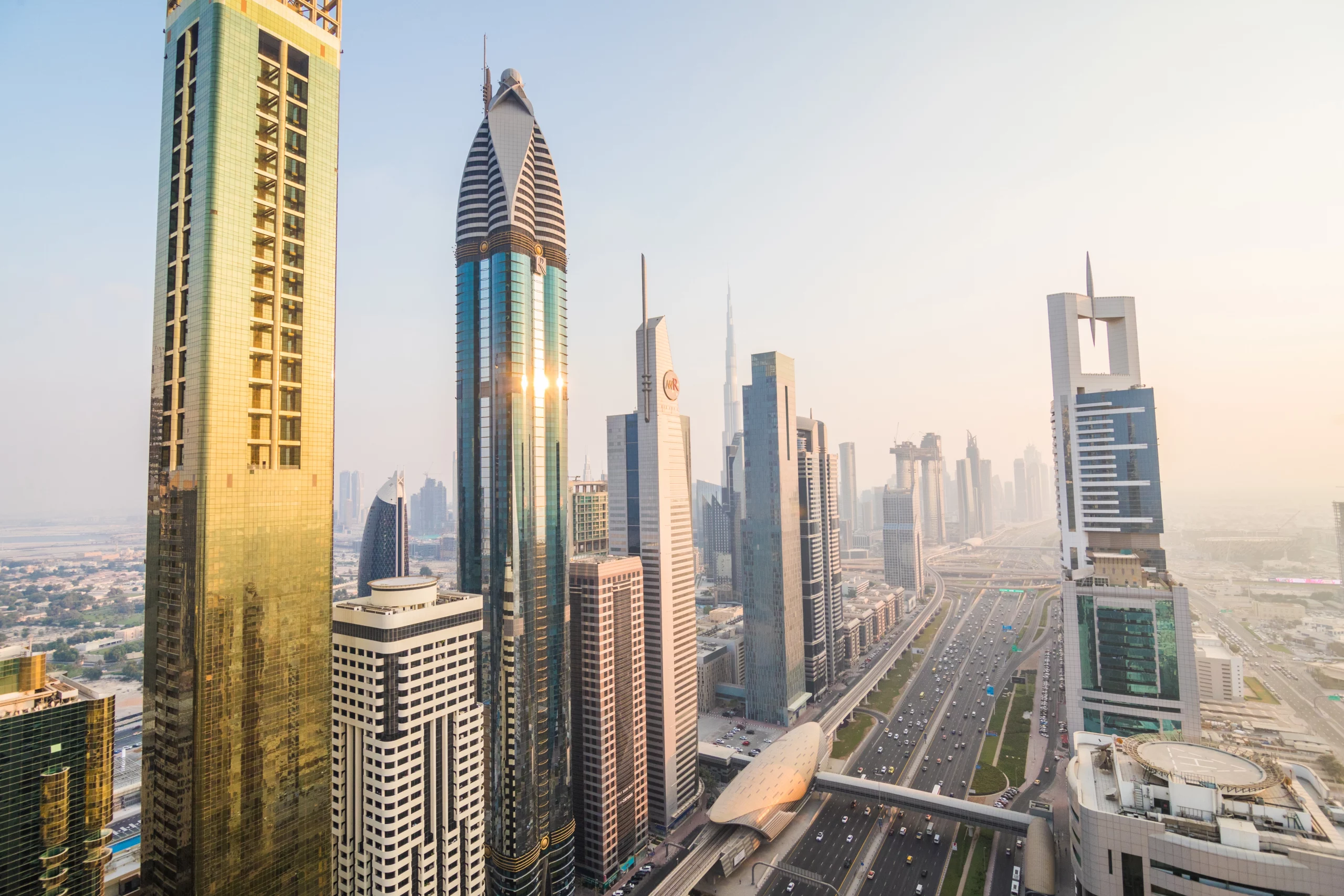There is much more in the UAE than tall buildings and modern skyscrapers. A wealth of cultural places that boast stories and experiences that transcend time and place.
By 2025, the UAE is expected to attract 20 million visitors, making it one of the most visited countries in the world.
Never miss these 7 historic places in UAE as they have something special in them
1. Qasr Al Muwaiji (Abu Dhabi)
On the western edge of Al Ain city, Qasr Al Muwaiji has played an important role in the history of the United Arab Emirates. A fine example of mudbrick architecture from the early 20th century.
Qasr Al Muwaiji was built during the reign of Sheikh Zayed bin Khalifa Al Nahyan, Zayed the First (r. 1855–1909) and his son, Sheikh Khalifa bin Zayed bin Khalifa Al Nahyan. Sheikh Zayed bin Sultan Al Nahyan, the Founding Father of the UAE, made it his home and administrative base. He was appointed Ruler’s Representative in Al Ain in 1946.
If you’re planning a visit to Qasr Al Muwaji and worried about how to reach there due to expensive fares then no need to be worried at all. Try our book a driver Dubai service and enjoy your visit.
Sheikh’s birthplace is one of the most historic places in the UAE. The Abu Dhabi Tourism and Culture Authority has preserved the site. Moreover, it shows how the common folk lived before the country became what it is today.
2. Heritage Village (Dubai)
Heritage Village in Al Shindagha was built in 1997 and transports you back in time. Located in Shindagha near the creek’s mouth, this village gives visitors a glimpse into Dubai’s traditional culture and lifestyle, including Dubai’s maritime history, pearl diving traditions, and architecture.
Among the displays are a tented Bedouin village, an ancient armory, wooden chests and cooking utensils.Through photos and other displays, old traditions and customs are presented seamlessly.
3. Fort Al Bithnah (Fujairah)
Al Bithnah Fort is one of the oldest forts still standing. Located on a mountain pass that connects the desert stretches of Fujairah with the fertile coastal plains, Fort Al Batnah (or Al Bithnah fort) is strategically important.
The Middle East has a long history of wars and battles in the 18th and 19th centuries. It is connected to the Arabian Gulf and the central UAE by its eastern coast and the Emirate of Fujairah.
4. Islamic Civilization Museum (Sharjah)
The museum is a major cultural and tourist landmark. It is unique for its location along the Al-Majarrah Waterfront in the Heart of Sharjah and for being the first of its kind in the United Arab Emirates. Book safe driver at the most affordable and reliable rates. Our drivers will take you to the museum from Dubai so that you can enjoy the ride too. The museum displays thousands of unique artifacts that highlight the history of Islamic civilization from the first century AH (7 AD) to the fourteenth century AH (20 AD). In the museum, visitors can learn about the discoveries and inventions made by Muslim scholars throughout the history of Islam.
Sharjah Museum of Islamic Civilization houses thousands of timeless artifacts showcasing the achievements of Islam throughout history. Numerous historic collections describing different aspects of Islamic faith, science, art, and culture can be found there.
5. Dhow Yard (Ajman)
Throughout the Arab world, wooden dhows have played an important role in trade and commerce for centuries. Prior to the advent of modern merchant ships, dhows were the primary means of transport and trade in the region.
Fishing and pearl diving were the UAE’s earliest sources of livelihood. Ajman’s Dhow Yard displays replicas and designs of old ships. There are antique hand-built Arab sailing vessels and different types of traditional boats on display.
6. Umm Al Quwain Museum (Umm Al Quwain)
Despite being the second smallest emirate in the UAE, Umm Al Quwain has a lot to offer in terms of history, culture, and nature. One of the perks of visiting the emirate is its unmatched serenity. Umm Al Quwain National Museum (UAQ Museum) is the city’s center of history and heritage.
Like Fujairah, Umm Al Quwain also has forts guarding its old town entrance. There are several artifacts from the excavated site of Al Dur on display in an old fortress in Umm Al Quwain, which has been renovated. From 200 BCE to the third century CE, Al Dur was a coastal city.
7. Al Jazeera Al Hamra (Ras Al Khaimah)
Due to the UAE’s proximity to the Gulf, its people mainly lived in coastal villages, especially in Ras Al Khaimah. One of the UAE’s coastal areas is Al Jazeera Al Hamra, also known as the Red Island.
In the entire Gulf region, only Al Jazeera Al Hamra remains as a historical pearl village; the others were demolished after oil was discovered. Al Jazeera Al Hamra features all of the traditional elements expected of such a neighborhood. A variety of dwelling styles can be found here, including simple houses, courtyard homes, two-story buildings, and a large courtyard residence that belonged to a wealthy pearl merchant. Traditional building materials included coral blocks and fossilized beach rock, mangrove tree beams, date palm trunks, roofing, matting, ropes, and layers of seashells for drainage.
It is SafeDriverHub’s goal to provide you with a comfort driver Dubai in town. We have trained, professional, and reliable drivers. Whenever you use our service, we strive to make it comfortable and pleasant for you. Our drivers will take you to the beautiful historic forts, mosques, traditional schools and souks of Al hamra that reflect the traditional Emirati lifestyle.
Summing Up
There is no doubt that the United Arab Emirates is on the bucket list of every traveler. Its skyscrapers, posh hotels, fancy malls, and stunning coastline make it a must-see destination.
So what are you looking forward to? All your travel needs can be handled with SafeDriverHub’s easy-to-use mobile app. You can reach us 24/7 all year round for a pleasant journey.

